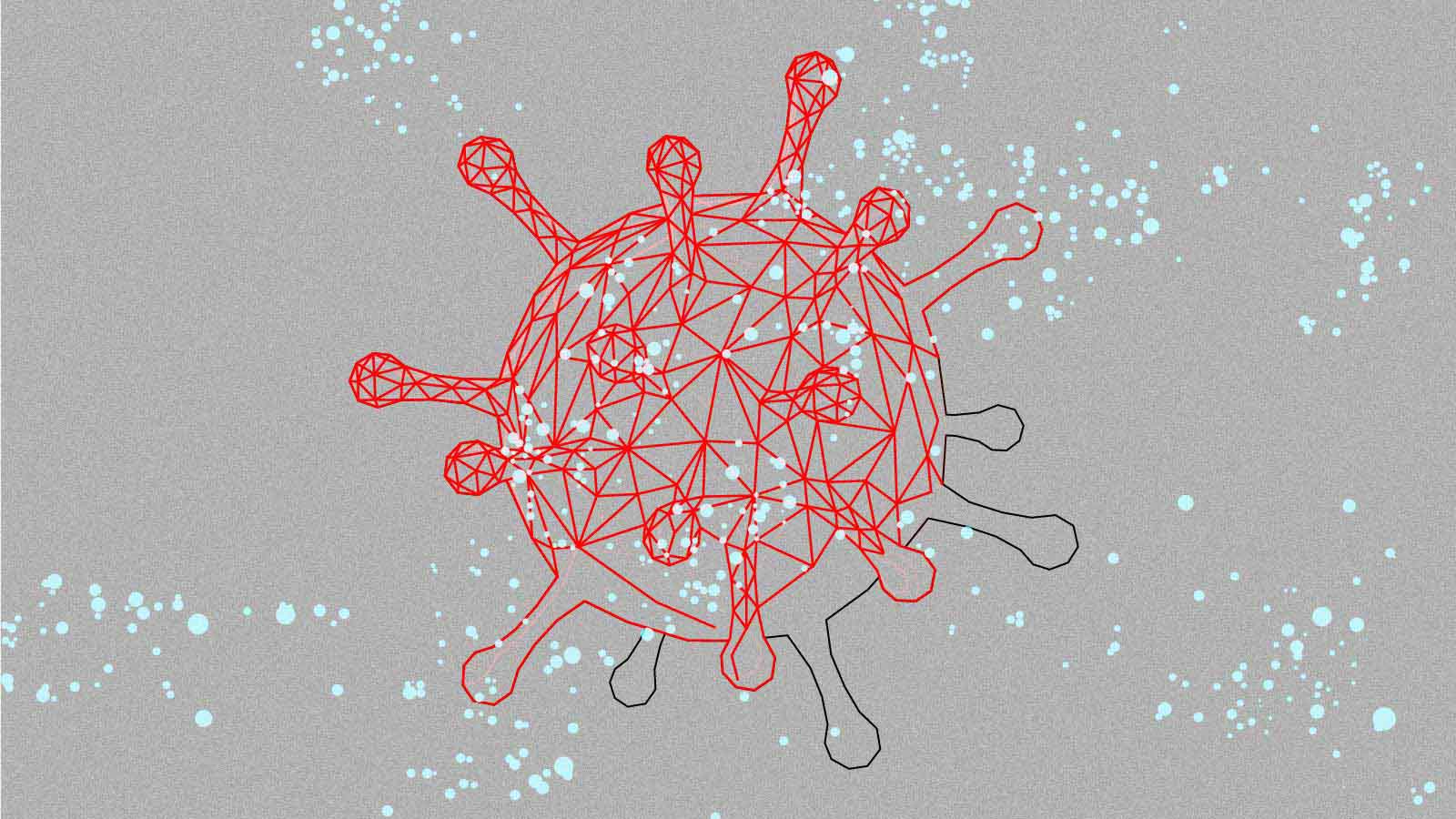Covid-19: Where Cases Are Rising
While caseloads are falling in the bigger cities and states, localised outbreaks are apparent in the northeast and parts of central and north India

Covid-19 cases have declined in cities such as Delhi and Mumbai, but the pandemic is showing signs of increase in more than 100 districts in the country, as of October 4, according to a risk prediction model developed by Anup Malani, professor of law and economics at the University of Chicago, and his team.
The model uses the reproductive number (Rt)—the number of new infections caused by a person with the disease--and disaggregates the spread of the disease by providing numbers at the district level. District-level data on the pandemic can be used to decentralise the Covid-19 response, as was done in Mumbai during the second wave.
An Rt value lower than 1 means that one patient is not even infecting one more person, on average, and if the number keeps falling, there will be fewer and fewer cases going forward. If every Covid-19 patient is infecting one more person, the spread remains slow, yet many people contract the disease. If Rt is more than 1, the infection can spiral out of control.
Nine of Meghalaya's eleven districts show an increase in infectivity of the disease. The north-eastern states are on a similar trajectory. Districts in Madhya Pradesh, Uttar Pradesh, Bihar and Rajasthan had the highest Rt numbers, with East Nimar in Madhya Pradesh having an Rt of 2.24, which means that every infected person can pass on the virus to more than 2 people.
We welcome feedback. Please write to respond@indiaspend.org. We reserve the right to edit responses for language and grammar.


